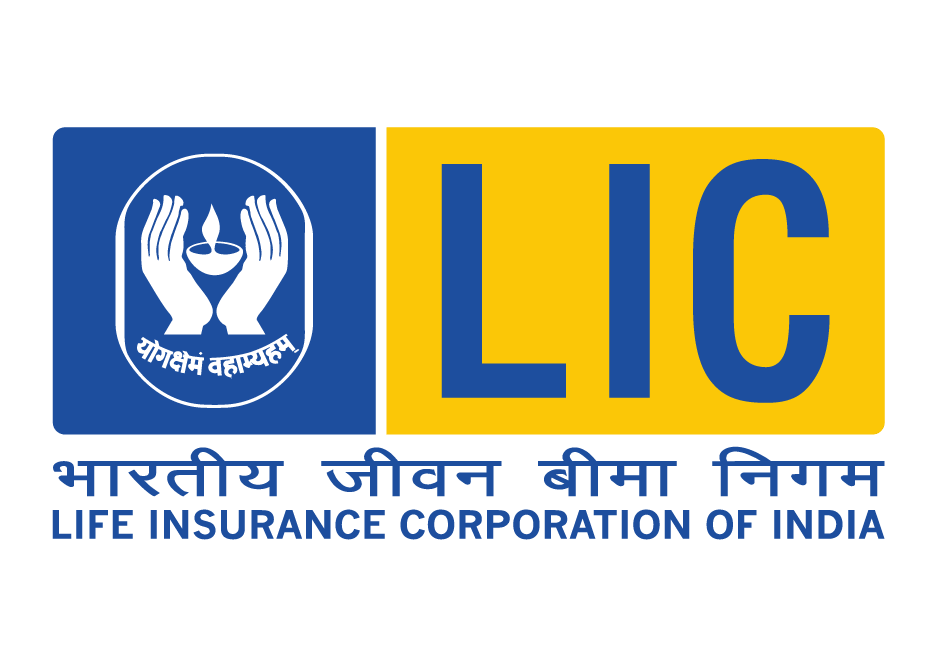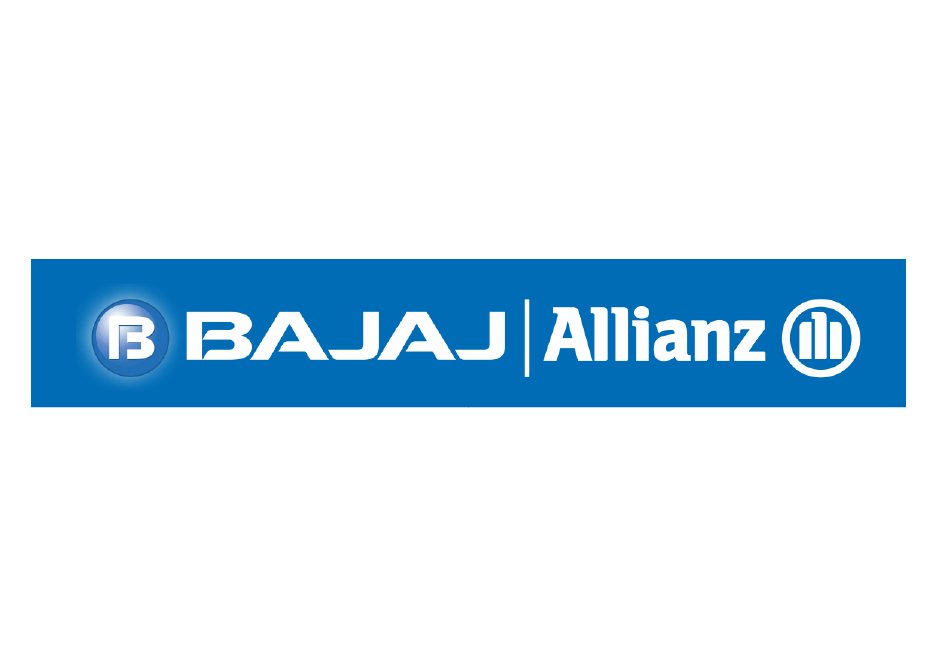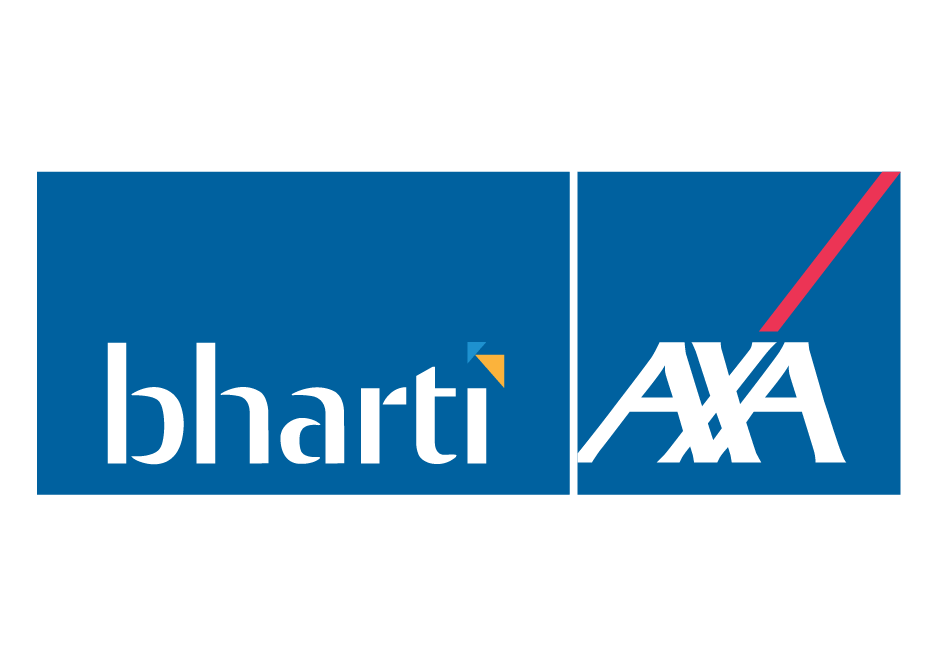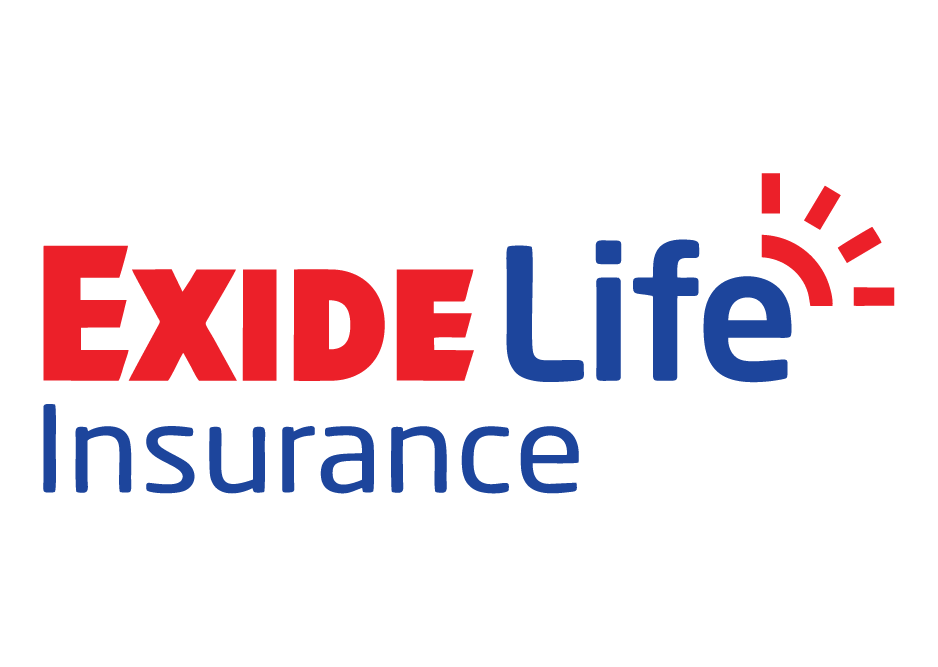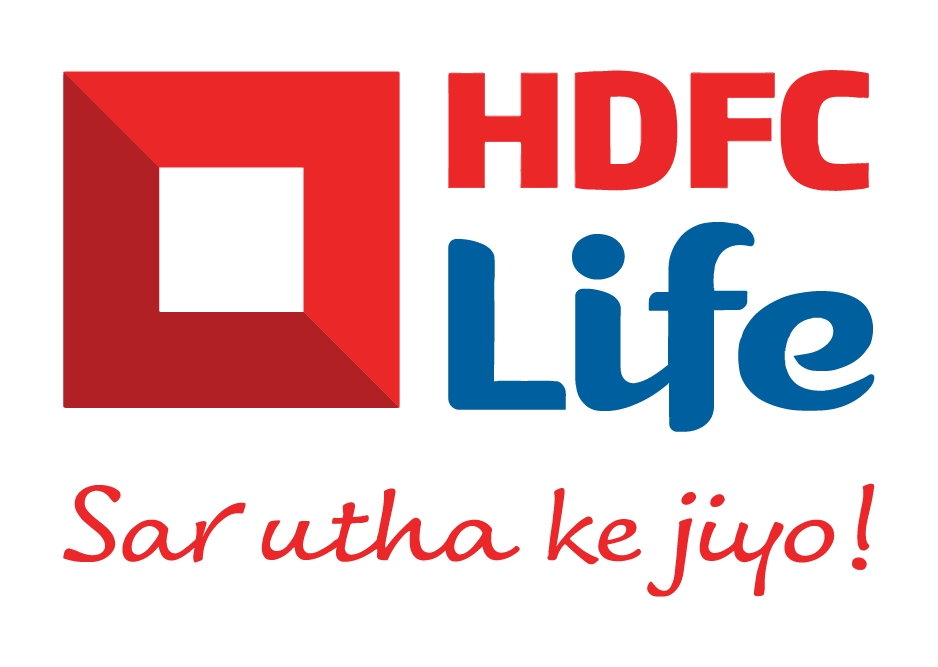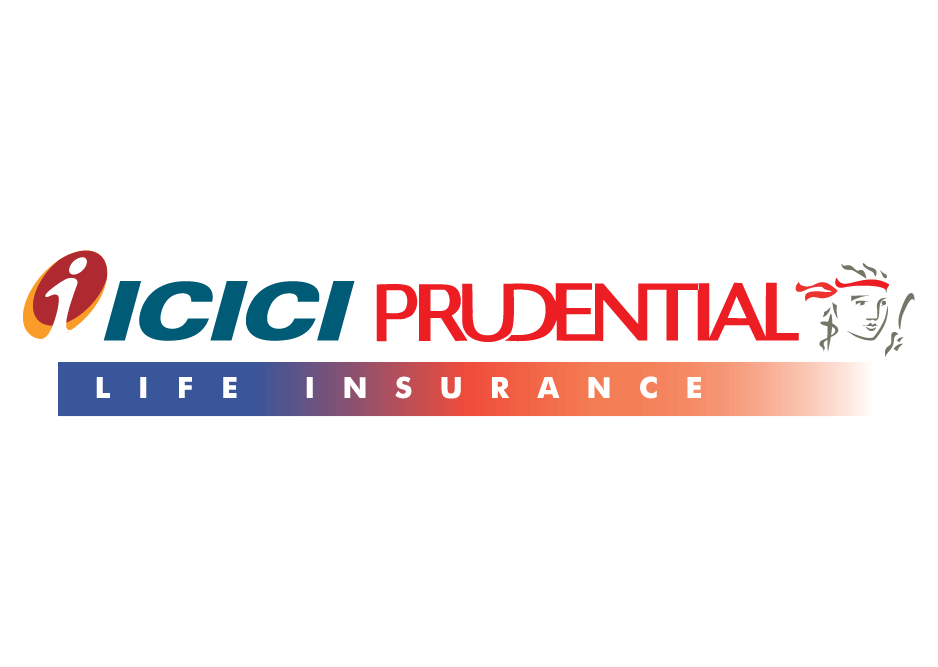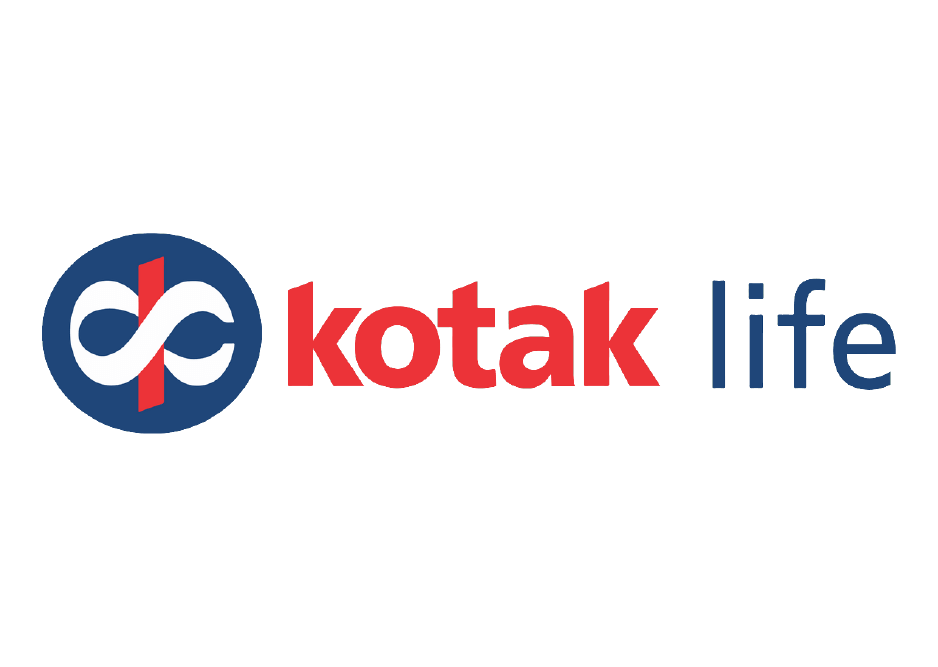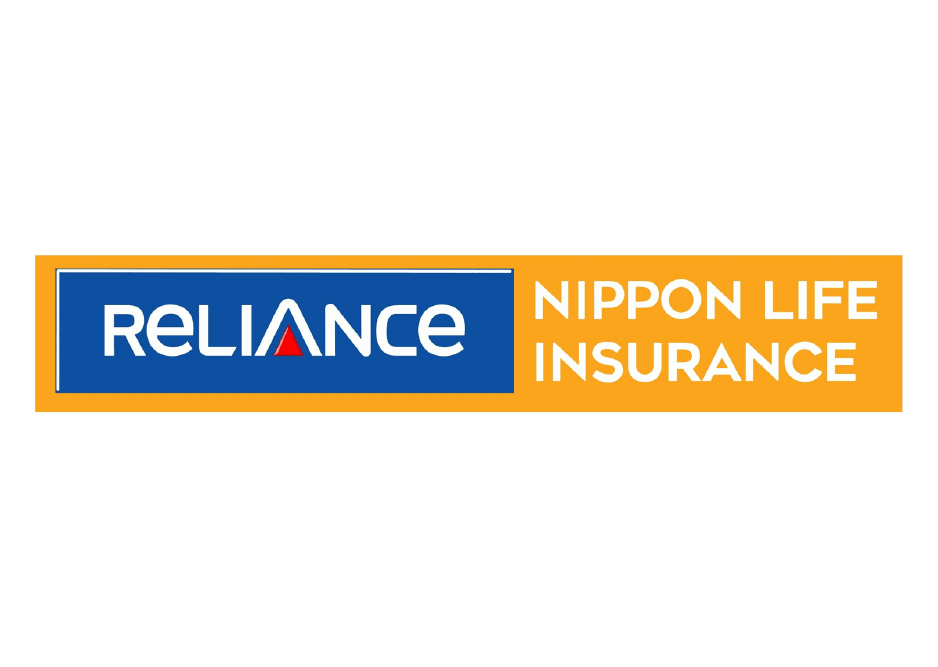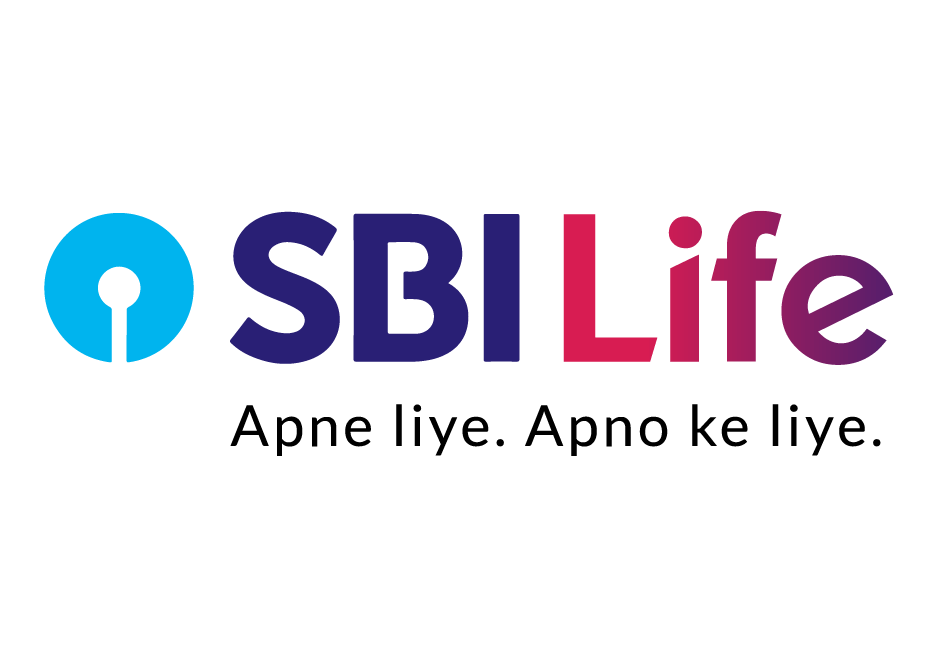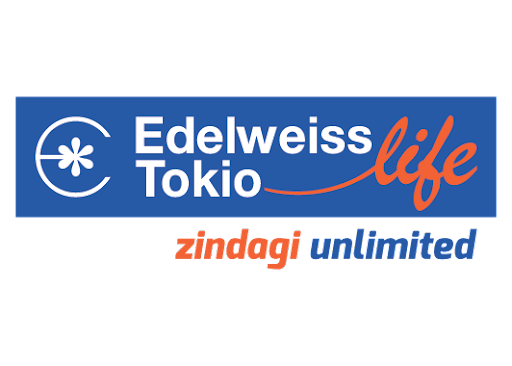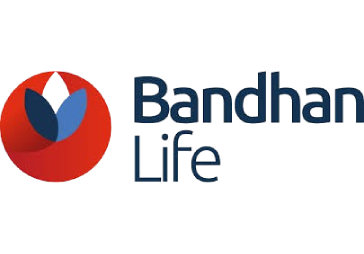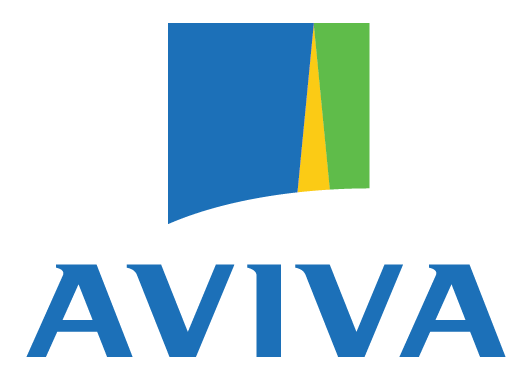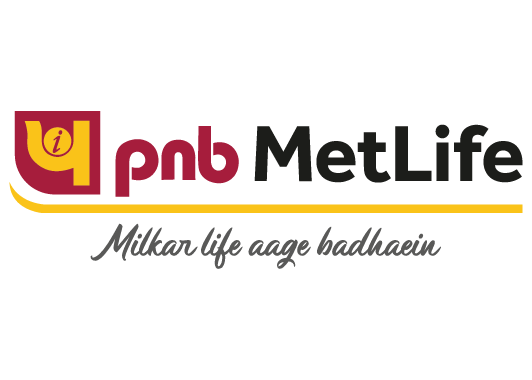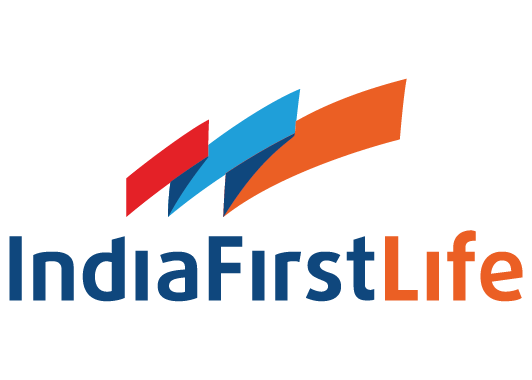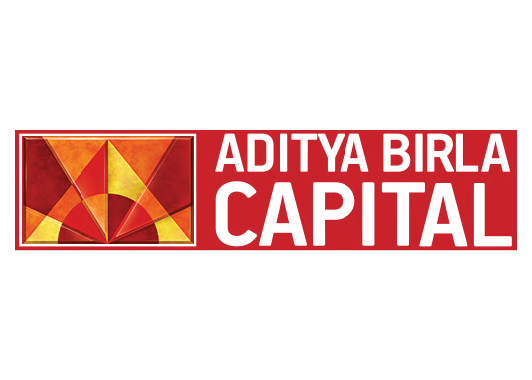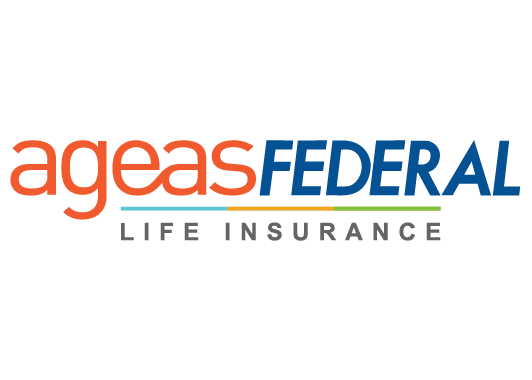Child Insurance
A child plan is a specially designed investment cum insurance alternative to address a child's financial needs. There are two parts to a child's plan: investments and insurance. The insurance part ensures your child will get protection from an unfortunate event, and the investment component will assist in accumulating funds through investments in a variety of instruments.
If you're a worried parent, you might already feel overburdened by India's rising educational costs. Given the rising inflation rates, it is difficult to determine how much money should be set aside for a child's education, from preschool through primary school to higher education. The urgent need is for an investment option that combines insurance and savings and is designed to build up money and enable tax-free withdrawals.
How Does Child Insurance Work?
Child Insurance is specifically designed to fulfil your child’s dream. Buying child insurance completes two significant objectives.
- The future financial necessity to support your child's desire for higher education.
- The requirement for this goal's financial security in the event of your untimely demise.
Let's use Mr Chaddha as an example, who purchased 10-year insurance coverage for his child. Depending on his choice of premium mode, he will have to make a premium payment every month, every six months, every year, or all at once(lump sum). In the case of the policyholder's death in the 7th year, the nominee will still receive the amount. Now, Suppose Mr Chaddha survives the policy term. In that case, he can decide whether to receive a lump sum payment at the term's conclusion or get the money in regular intervals to help his child accomplish significant milestones.
Features & Benefits of Child Insurance Plans in India
Child Education plans are an excellent way to secure your child’s future. Here are some features that come along with it.
Different Types of Child Plans
Unit-linked insurance plans (ULIP) and endowment plans are options for available child policies. To help your money grow, unit-linked child insurance plans make market investments, whereas child endowment plans are savings instruments and often give fixed, guaranteed returns.
Pay-out options
You may choose between lump sum and regular pay-out choices in child insurance plans. A lump sum payout provides you with a sizable chunk of money to address your child's primary long-term aspirations, and regular payouts ensure your child's orderly requirements are met.
Support to Child’s Goal
Regardless of your involvement in your child's life, a child plan will enable you to support crucial life objectives. Your child's future can be safeguarded with just a child plan, thanks to options for goal and life cover.
Medical Treatment
These plans allow withdrawals at any time during the policy's term, which is convenient. If your child becomes unwell, you can use this money to pay for medical care.
Tax benefits
Children's plans are life insurance products, so the premiums qualify for tax advantages. You can deduct the cost of your kid insurance premiums up to a maximum of 1.5 lakh under Section 80C of the Income Tax Act of 1961.
Waiver of Premium
In the terrible case where the parents pass away, there is a waiver of premium benefit where the child receives a regular payment from the maturity amount and a lump sum payment after the term, together with the cancellation of the premium payment obligation. The insurance company will pay the premium costs, and the insurance won't expire until it reaches maturity.
Collateral Security
The child plan is considered good security for loans. You can use the plan to raise money if emergency funds are required.
Types of Child Insurance Plans in India
There are different types of child insurance plans in India. So, let us take a look at it.
| Type of Child Insurance Plan | Meaning |
|---|---|
| Child ULIP | Triple benefits are offered by ULIP-based child plans: the insurance company will pay future premiums in the event of a parent's passing, the family will receive a monthly income to help with the child's education costs, and the family will also receive a lump sum payment to help with living expenses. Due to this, ULIPs are a well-liked investment to safeguard the child's future. |
| Child Endowment Plans | A life insurance plan called a child endowment insurance policy combines savings and life protection into a single plan. It allows policyholders to select the sum assured in accordance with their demands and financial objectives. The child will get the guaranteed sum assured in the event of the parent's demise or if the child reaches maturity. Periodically, bonuses are also paid out. |
| Single Premium Child Plan | As the name implies, this is a single premium plan, and the first premium payment is made at the start of the policy term. Given that it is a participating endowment plan, the bonus will be paid throughout the policy. The accrued bonus is given to the policyholder after the policy period, and the sum is assured. |
| Regular Premium Child Plan | According to their income and convenience, the parents are expected to pay the premium under such plans either monthly, quarterly, or half-yearly. Due to their low cost and several benefits, such premium payment cycles are suited for many people. |
Best Child Insurance Plans in India in 2022
When searching for the best child insurance plan in India, there are many variables attached to it but do not worry, as we have made a list of the best child plans currently available in India.
| Name of the Insurance Company | Name of the Plan | Minimum Annual Premium | Maximum Sum Assured |
|---|---|---|---|
| ICICI Prudential | Smart Kid Solution | INR 48,000 (for one pay option) | 10 times of Single Premium |
| HDFC Life Insurance | HDFC Life YoungStar Udaan | INR 24,000 | Depends on premium, age, and policy term . |
| LIC | LIC New Children's Money Back Plan | INR 4,327 | No Limit |
| SBI Life Insurance | Smart Champ Insurance | INR 6,085 | Rs. 1,00,00,000 |
*The order of the plans are not based on the ranking.
**Premiums in this table are calculated for a fixed sum of INR 1,00,000.
What is the Need to Buy Child Plans?
With rising education prices and to provide a high-profile lifestyle to your child, every parent must consider buying child plans. So, let us discuss more factors that will help us understand why we need to consider buying child plans.
To Provide Higher education
If you plan to send your child abroad or he/she aspire to study where education is costly, the child insurance will not let you think a second time. The child plans will ensure that you are not short of money when needed the most.
Financial Protection
One of the purposes of having a child plan is to ensure that the child gets the lump sum payment in case of the policyholder's demise. The amount of money given is usually sufficient to cover future expenses.
Good Investment Instrument
The investment options allow you to build a good amount of money for the child. If you pay your premium regularly, you will be eligible to meet future obligations without any problem
To Develop a Saving Habit
Child plans make sure you establish a routine of investing and saving for your child's future, allowing you to fend off the consequences of inflation, which is a rising problem all over the world.
Income Benefit
A few child plans give children a recurring income equal to 1% of the amount assured. It ensures you get an income benefit, making buying child plans a plus.
How to Get the Best Child Insurance Plan in India
The following advice can help you choose a strategy for getting the best child plan in India:
Buy Early
Starting early gives you the advantage of long-term financial growth. Reinvesting interest over time results in increased returns. This gives you a more significant sum that you can utilise to realise your child's aspirations.
Select Investment Fund
Depending on your risk tolerance, specific child plans provide you with the choice to select from various funds, including debt, equity, or a combination of both. Equity funds have more significant rewards but also carry greater risk. On the other side, debt funds provide consistent returns. It depends on your risk appetite to choose the investment fund.
Partial Withdrawal Clause Before Buying
Some plans allow you to withdraw from the plan up to a specified amount while the policy is still in effect. This function assists you in maintaining your financial readiness for your child's many milestones.
Premium Waiver Benefit
This benefit guarantees that the insurance company will cover all future policy premiums in the terrible event wherein the policyholder can’t pay the premium. This guarantees that the policy is upheld and that the child's desires are met regardless of what happens.
Compare Child Insurance Plans Online
It is important to compare child insurance plans because many insurance companies offer child plans.
Riders Available with Child Insurance
Riders are additional benefits that will enhance your child insurance policy. Let’s look at some of the riders available with this type of insurance.
Critical Illness Rider
Critical illness medical care is costly and time-consuming. When you have a critical illness rider in place, you can receive financial assistance since the rider pays you a set sum when you are diagnosed with a life-threatening illness.
Accidental Death Cover
The basic child insurance plan provides your family with a death benefit, but the accidental death rider will assist your family in receiving additional financial protection following your passing.
Child Support Benefit
The Child Support Benefit will give you additional money to protect your child's future. This amount will be supplied in addition to the sum assured under the kid insurance plan and will assist you in meeting your child's financial needs.
Permanent Disability Rider
This rider will serve as a crucial financial safety net for your family's and your own future needs if an accident leaves you permanently physically disabled.
Child Term Rider
A child term rider offers death benefits in the event that the child passes away (before a particular age). However, the term plan can be changed to a permanent insurance cover up to five times the initial amount after the child reaches adulthood without requiring medical checkups.
Plan for Your Child’s Education with Child Insurance Plans
An investment cum insurance combination is provided via a child insurance plan. The life insurance component ensures that your child would still have access to financial security even if something were to happen to you. The investment component can increase your savings and protect your child's future. The fund you accumulate can be used to pay for your child's future educational and professional aspirations.
Factors Affecting Child Insurance
A child plan is not a simple choice. When choosing the ideal plan for your child, you may need to consider a number of things like
Financial Situation
To provide your child with a great future, you must have a financial window that enables you to invest as much as you wish a child plan. Additionally, it's important to invest only what you can afford.
Claim Settlement Ratio
You get an insurance policy to get the promised amount when needed. Therefore, to ensure that your investment is safe and profitable, you should check the company's claim settlement ratio before you buy a child plan.
Plan Tenure
Carefully consider the policy's duration to ensure your child receives all the benefits at the appropriate age. Thus, the plan's duration should be between 10 and 15 years.
Other Features
To ensure your child's financial future, look for all the necessary features and rider perks.
Required Documents to Buy Child Insurance
To apply for buying child insurance in India, you would need certain documents to ensure smooth and hassle-free enrolment.
| Basis | Term Insurance Plan |
|---|---|
| Income Proof | Income tax returns and other income proofs to ensure you can pay for the policy. |
| Address Proof | Electricity bill, Ration card, Telephone bill, Passport, Driving License |
| Age Proof | Birth Certificate, Passport., 10th /12th Mark sheet |
| Identity Proof | Aadhaar Card, PAN Card, Passport ID, Voter ID |
Claim Process Under Child Insurance
To have a smooth claim processing, it is ideal to buy child insurance from an insurance company with a good claim settlement ratio. Although, the claim settlement process is almost the same in every insurance company.
Step 1: The initial step is to start the claim procedure with the insurer by filling up the claim form. You can also download the claim form from the company’s website.
Step 2: The nominee must then gather all the necessary paperwork that is necessary for the settlement. The documents include a death certificate, insurance policy, proof of age.
Step 3: The documentation must then be submitted. The nominee must ensure that all the supporting documentation is accurate and authentic before sending it to the insurance company.
Step 4: The insurer must settle a claim within 30 days of receiving all needed documents, including any additional documents the insurer requested, under step eight of the IRDAI (Policy Holder's Interest) Regulations, 2002.
To maximise the benefits of this policy, you only need to ensure that you pay the payments on time. After this, a small amount of paperwork is needed, which the insurance company will verify.



